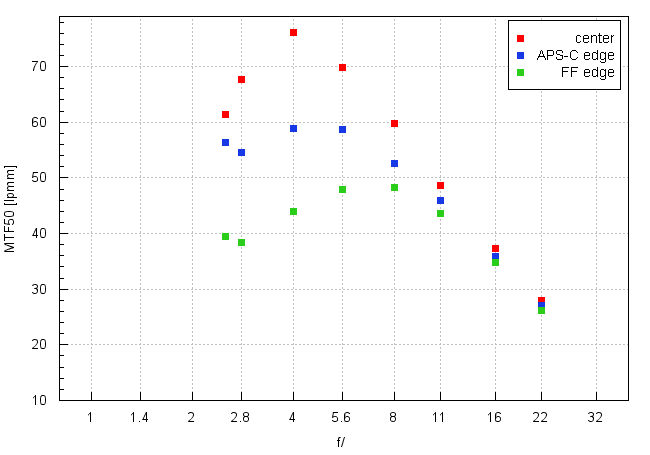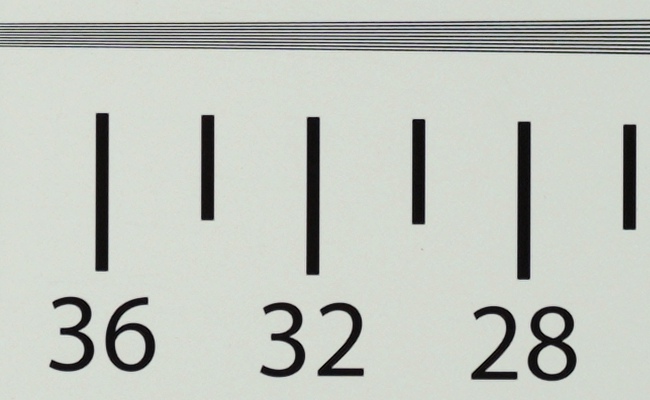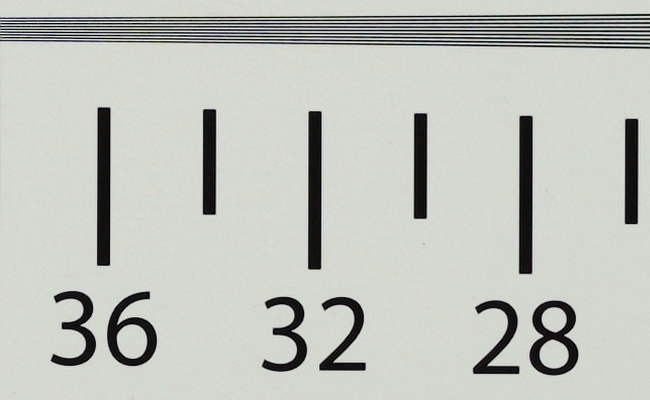Sony FE 50 mm f/2.5 G
4. Image resolution
Let's see how the Sony FE 50 mm f/2.5 G compares – its results in the frame centre, on edges of the APS-C and full frame are presented below.

Please Support UsIf you enjoy our reviews and articles, and you want us to continue our work please, support our website by donating through PayPal. The funds are going to be used for paying our editorial team, renting servers, and equipping our testing studio; only that way we will be able to continue providing you interesting content for free. |
- - - - - - - - - - - - - - - - - - - - - - - - - - - - - - - - - - - - - - - - - - - - - - - -
The frame centre shows exactly the performance that should be expected from an excellent prime lens. You get sharp images up from the maximum relative aperture and on stopping down the lens is able to land distinctly above 70 lpmm. Officially, the highest result we measured by f/4.0 where MTFs got to 76 lpmm. Such a performance is noticeably better than that of e.g. the Sigma C 2.8/45. The new Sony lens, even if slower, is able to outperform two other system standards so the Sonnar 1.8/55 and the Sony FE 50 mm f/1.8. On the one hand such a situation might be surprising, on the other hand you deal here with a newer model which is optically more complex than its older f/1.8 brothers.
When it comes to the edge of the frame the resolution deteriorates quickly as you move away from the frame centre. In the case of the smaller APS-C sensor everything still remains in perfect order. Near the maximum relative aperture you get resolution of a good level amounting to 55 lpmm and on stopping down the lens is able to brush against a value of 60 lpmm.
Still, after passing to edges of full frame you have to notice a distinct decrease of the performance. By f/2.5 and f/2.8 you land on the decency level, then MTFs increase but they cannot exceed 50 lpmm in any place. The Sigma C 2.8/45, mentioned above, with similar physical dimensions but a tad slower aperture, managed to fare a bit better.
A slight worsening of the results on stopping down the lens from f/2.5 to f/2.8 looks insteresting, though – that effect is visible both on the edge of the APS-C sensor and on the edge of full frame. Should you be worried? I don't think so. Firstly, you have to remember the effect is slight, in fact bordering the margin of error which amounts here to 1-2 lpmm, so it doesn't necessarily has to be reflected in reality. Secondly, such things do happen from time to time, and most often they concern lenses which feature compromises when it comes to physical dimensions and weight. In that case the performance of higher-order aberrations is not obvious - they can take different values, depending on the place in the frame and aperture applied. The most important thing is that, from f/2.8 upward, MTFs increase quite fast and, as a result, the lens is able to generate sharp images across the frame.
At the end of this chapter, traditionally, we present crops taken from photos of our resolution testing chart saved in JPEG format alongside RAW files which we used for the analysis above.
| A7R III, JPEG, 50 mm, f/2.5 |
 |
| A7R III, JPEG, 50 mm, f/4.0 |
 |






